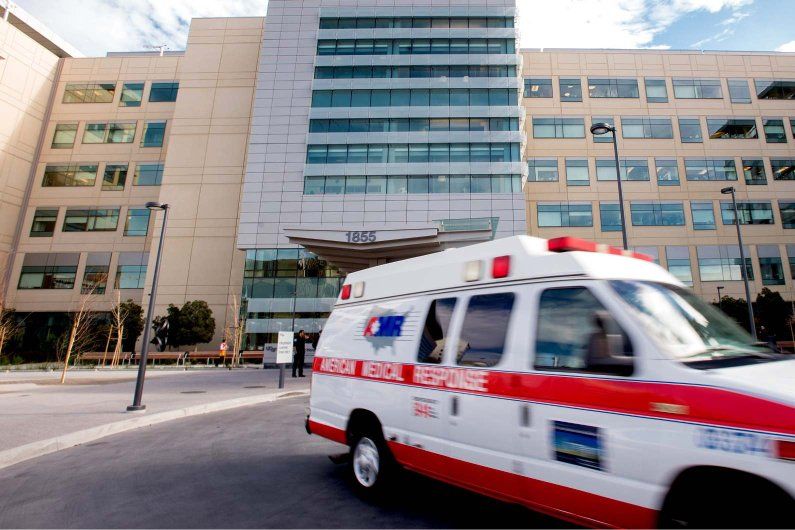- Air Quality Monitoring
- COVID-19
- Seasonal Flu/Influenza
- H5N1 Avian Influenza
- Mpox
- Public Health Resources
Air Quality Monitoring
Air Quality Monitoring
The Environmental Protection Agency developed the Air Quality Index (AQI) to make information available about the health effects of common air pollutants. To check current air quality in your area, visit the Environmental Protection Agency’s AirNow website and search by zip code.
For additional resources, visit the UCSF Wildfire and Air Quality Response website for both general air-quality resources and UCSF-specific information.
For questions about air quality at UCSF, contact Environmental Health & Safety via email at [email protected].
COVID-19
COVID-19
COVID-19 vaccines approved by the Centers for Disease Control and Prevention remain the best public health measure for protecting people from the virus, slowing transmission and reducing the likelihood of new variants emerging. To inform precautions taken with respect to COVID-19, UCSF Health monitors the impact of COVID-19 cases (VPN required) in the UCSF and broader Bay Area community.
Stay informed about COVID-19 vaccination for UCSF faculty, staff and learners >>
For patient information, visit UCSF Health’s COVID-19 Information for Patients & Visitors or COVID-19 Vaccines at UCSF Benioff Children’s Hospitals websites.
Seasonal Flu/Influenza
Seasonal Flu/Influenza
Receiving a flu shot is the most effective way to protect against the flu, significantly reducing the risk of infection and its complications. The vaccine is recommended for everyone over six months old, particularly vulnerable groups like the elderly, young children, and those with chronic health conditions. Besides individual protection, widespread vaccination helps achieve community immunity, reducing the overall prevalence of the flu and easing the burden on healthcare systems.
What to know about Seasonal flu and the Vaccine >>
Protect yourself, your coworkers, family and community – get vaccinated each flu season >>
For patients of UCSF Health, visit Facts About the Flu >>
H5N1 Avian Influenza
H5N1 Avian Influenza
Avian influenza, H5N1, often referred to as bird flu, has been circulating in U.S. wild and domestic animal populations since February 2022. In March 2024, H5N1 was detected in dairy cattle. In December 2024, Governor Newsom declared a State of Emergency to strengthen the state’s response to bird flu to allow state and local agencies greater flexibility in functions such as PPE distribution, public education and coordinated monitoring. The CDC has confirmed a handful of human cases in the U.S., usually among people who have been exposed to infected animals or raw cow’s milk.
There is no evidence of human-to-human transmission. Risk to the general public remains low.
The California Department of Public Health (CDPH) is encouraging the following precautions:
- Avoid direct contact with sick or dead animals and avoid consuming unpasteurized dairy products.
- Get vaccinated for seasonal flu. While the seasonable flu vaccine will not protect against H5N1, vaccination can lower the risk of being infected with both seasonal flu and H5N1 at the same time.
Learn more from the government agency websites below.
Mpox
Mpox
Mpox (pronounced “em-pox”) is an infectious disease that spreads through close skin-to-skin contact. It’s caused by a zoonotic virus (one that was initially transmitted to humans through infected animals). Mpox is rarely fatal, and most healthy people recover without treatment in a few weeks.
Information on the signs and symptoms of Mpox, its diagnosis, treatment and more is available on the UCSF Health Mpox website >>
Public Health Resources
Public Health Resources
During an emergency, local, state and national public health agencies will have the most up-to-date information and resources available to your local community.
Bookmark these agencies for ongoing updates as public health situations emerge and evolve:
